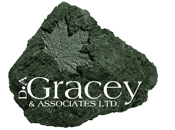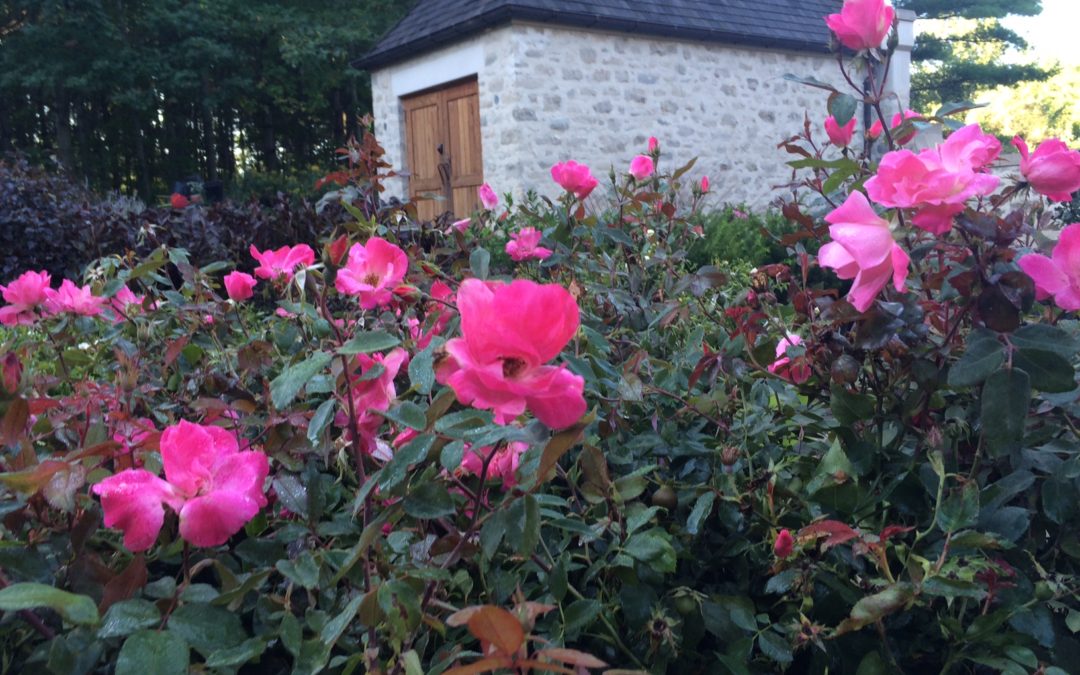Although many people love roses, they are intimidated by the mystery of taking care of them. The following article outlines some of the basics for anyone looking to successfully grow roses in their Toronto residential garden. Let’s start by demystifying the various categories.
Hybrid Tea Roses are characterized by having a large single flower on each stem and can grow anywhere between 2.5’ -5’ high. They flower all summer long, but often do not have any scent. These roses make perfect roses for cutting.
Floribunda Roses have several flowers on each stem. These roses produce a colourful display in a garden. Height ranges from 2’-3.5’.
Grandiflora Roses are a cross between the Hybrid and the Floribundas. Several blooms on each stem but large individual flowers. Height ranges from 2’- 5’.
Miniature Roses are dwarf in size ranging from 10”-20” high. You can get miniature Hybrid Teas or Floribundas. The added bonus of this rose is that it can be left outside in the winter or dug up in the fall and brought indoors to bloom in the winter.
Patio Roses is a new group that is becoming popular for container gardening. It is a larger and bushier version of the Miniature Rose.
Climbing Roses do just that. They require a trellis or some sort of support because they do not twine or cling.
Roses can be planted in existing gardens that are growing healthy perennials. Like most plants they require well drained, nutritious soil. Ensure the roses are planted in an area where there is plenty of air movement, sun and it is not too crowded. If you are a beginner, when purchasing and planting roses, it is recommended to purchase roses that come in a pot rather than bare root. Plant as you would any other perennial. Remember to mulch around the rose and ensure no mulch touches the stem of the plant. Mulching helps to retain moisture and prevent weeds. Moist soil and excellent drainage are important for healthy roses.
Water should be applied to the base of the plant instead of overhead watering. Soaker hoses or drip irrigation are the best methods. Avoid getting the foliage or blooms wet as roses are very susceptible to diseases caused by water on the plant. The soil should be soaked at least 12”-18” below the surface. In the late fall, mound up soil (a minimum of 8”) up the base of the plant, this is for winter protection. Remove this added soil slowly in the spring, as the temperature rises.
Newly planted roses can benefit from commercial fertilizer in the early spring when the buds begin to break, again once the buds have bloomed, and then about six weeks before the first frost. Established roses will grow well with a couple of inches of good compost every spring. A general pruning guide is to cut away all dead and weak growth, and shorten all remaining branches to four to five buds above the ground in the spring after the last frost.
Enjoy residential gardening in Toronto by introducing roses into your garden. These basics will help you grow health roses that could be the envy of all your neighbours.

